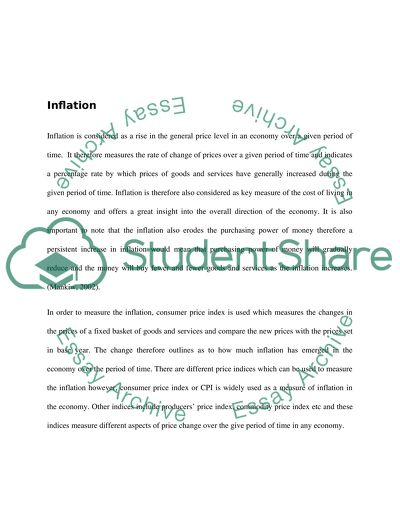Cite this document
(“Monetary Policy of the Bank of England Essay Example | Topics and Well Written Essays - 1750 words”, n.d.)
Retrieved from https://studentshare.org/macro-microeconomics/1409988-monetary-policy-of-the-bank-of-england
Retrieved from https://studentshare.org/macro-microeconomics/1409988-monetary-policy-of-the-bank-of-england
(Monetary Policy of the Bank of England Essay Example | Topics and Well Written Essays - 1750 Words)
https://studentshare.org/macro-microeconomics/1409988-monetary-policy-of-the-bank-of-england.
https://studentshare.org/macro-microeconomics/1409988-monetary-policy-of-the-bank-of-england.
“Monetary Policy of the Bank of England Essay Example | Topics and Well Written Essays - 1750 Words”, n.d. https://studentshare.org/macro-microeconomics/1409988-monetary-policy-of-the-bank-of-england.


